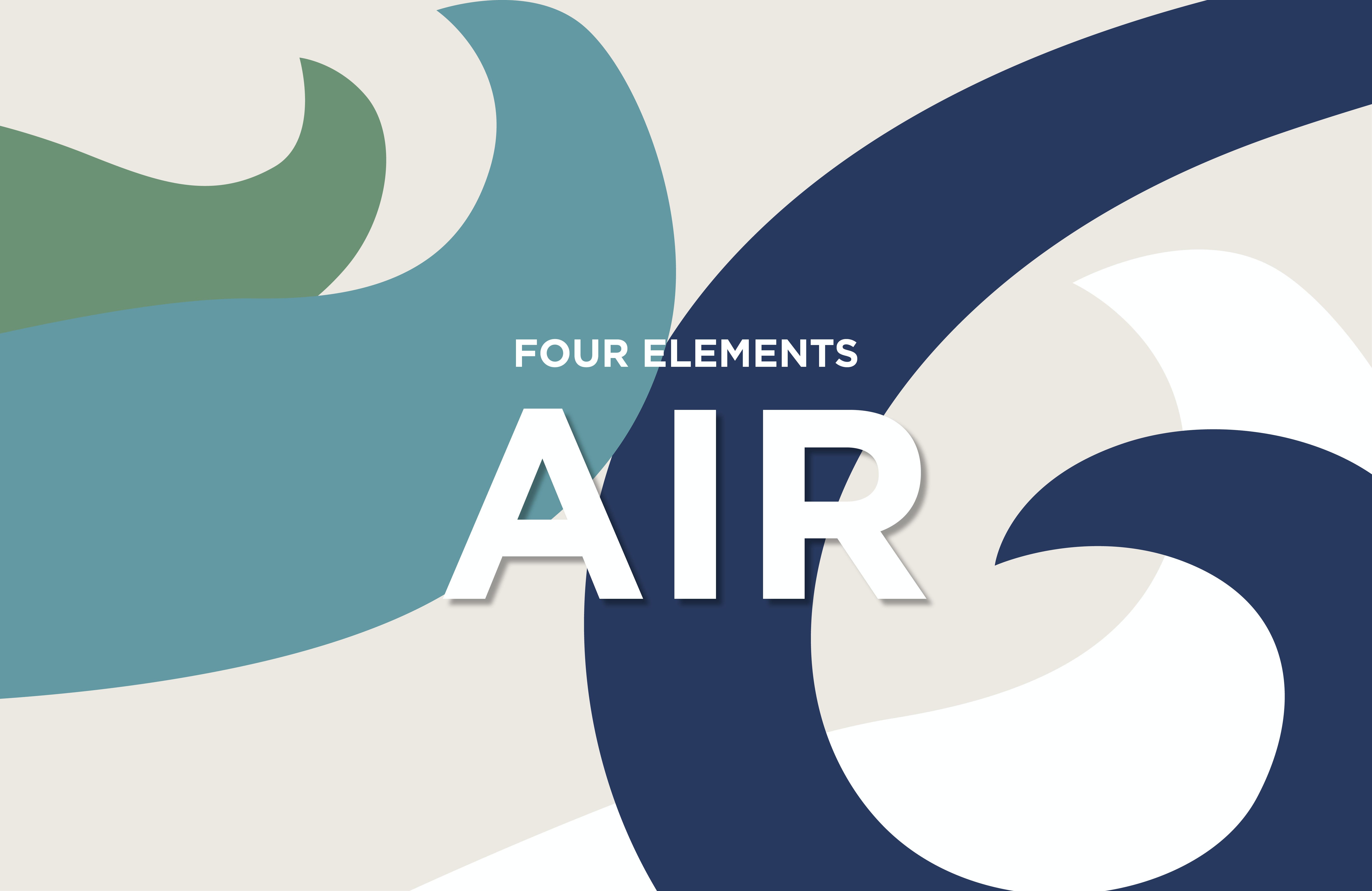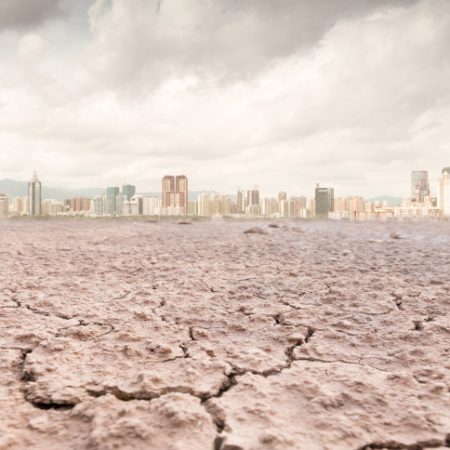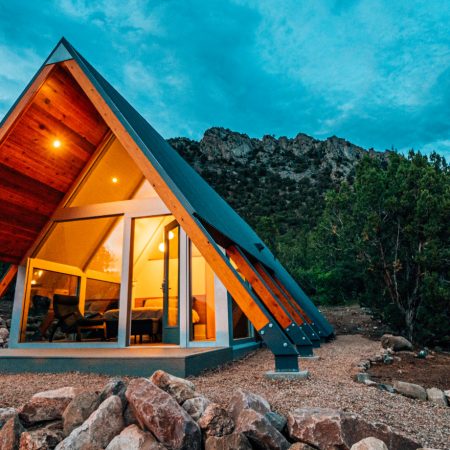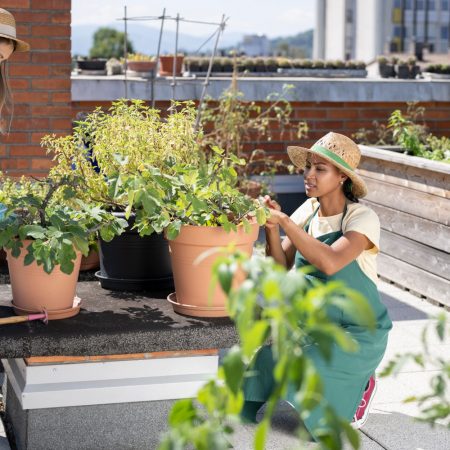The United Nations fourth annual International Day of Clean Air for blue skies on 7 September was a call to action for governments and individuals to join the fight to reduce air pollution.
Air quality is a global issue that deserves everyone’s attention.
We don’t necessarily even realise we’re breathing poor quality air, yet air pollution has a huge and multifaceted impact worldwide on cities and their inhabitants. Indeed, the World Bank considers it to be the number one global environmental risk to health.
The human and economic costs
In 2019, an estimated 99% of the world’s population were living in areas where the air quality failed to meet World Health Organization (WHO) guidelines.
Pollutants and particulates from industry, transport, agriculture and households increase the risk of stroke, heart disease, lung cancer and chronic long-term conditions such as asthma, as well as many other lesser-known afflictions. The WHO reports that the combined effects of household and outdoor air pollution contribute to 6.7 million premature deaths each year.
Moreover, almost 90% of those premature deaths occur in middle- and lower- income countries, where ordinary people have less control over where or how they live. The knock-on effects for families – of long-term healthcare costs, lost workdays, depleted income and devalued properties – are profound, as are the more intangible impacts on cognitive ability, learning and behaviour in schools, and workplace productivity.
When worker efficiency drops, businesses tend to struggle. Growth stagnates, as new and expanding businesses look to cleaner, more livable cities for their premises. All in all, the cost of poor air is staggering, estimated to be $8.1 trillion – or 6.1% of global GDP – in 2019, according to the World Bank.
Monitoring poor air quality
That’s not to say that governments and city authorities are sitting on their hands. Numerous creative initiatives are being implemented across the world to tackle different aspects of air pollution.
Given people rarely know they are breathing sub-optimal air, it’s very important to raise awareness, says Marylis Ramos, a director at Savills Earth. “The visibility of data is very important: there are researchers working on air-quality data projects that focus on visualising real-time air-quality data and making it publicly accessible” she explains. “A more air-quality-aware population is a big step towards pushing for improvements to the neighbourhoods we live in.”
More than 6,000 cities in 117 countries now have monitoring systems in place. For example, Warsaw has installed 165 air sensors across the city – the largest network in Europe – to create an air quality database that will provide better understanding of pollution sources. This, along with Poland’s signing of the C40 Clean Air Cities Declaration, represents a significant step forward for a country that’s home to 36 of the 50 most polluting cities in the EU.
At a personal level, meanwhile, phone apps can provide up-to-date air-quality information, empowering people to make better-informed decisions.
Air pollution
Source: Savills Research using IQAir
Strategies to reduce pollution
But monitoring is just one part of the solution; cities worldwide have adopted a wide range of strategies aimed at reducing pollution from road vehicles – a major contributor to poor air quality.
London, for example, recently extended its ultra-low emission zone (ULEZ) across all boroughs, penalising highly polluting vehicles. Since its introduction in 2019, the London ULEZ scheme has reduced nitrogen oxide and nitrogen dioxide emissions across the city by 23%, according to the London Mayor’s office.
A growing number of cities across the UK, including Birmingham and Bristol, have introduced various policies similar to ULEZ, while analysis from the Clean Cities Campaign in 2022 found that more than 320 European cities now operate low emission zones. This is set to rise to 507 by 2025.
Enhanced public transport, in the shape of buses, trams, rail or metros, can also play a major role in reducing car travel and pollution. A number of cities worldwide are working to expand their public transport systems, including Mexico City, Oslo, Tel Aviv and Austin.
Others are switching to cleaner alternatives. In Colombia, electrification of Bogota’s highly successful Bus Rapid Transit (BRT) system and metro system is set to reduce air pollution by 10% by 2024.
Cycling and walking as an alternative to private car use is also being promoted in many cities, with Milan, Paris and Berlin, among others, building more cycle lanes and improving pedestrian areas.
Number of cities delivering actions
The diagram shows the number of cities that reported work on the delivery of high-impact actions to tackle air pollution.
Source: C40 Clean Air Accelerator • Annual City Progress Report • September 2021 – September 2022
Green and blue infrastructure
This links into another key aspect of the quest for cleaner air: the growing importance of green and blue infrastructure – open spaces and pedestrianisation – as key elements of urban planning and placemaking initiatives.
Vinita Dhume, a director in Savills London Urban Design studio, explains: “Developers and councils, particularly in big cities, are much more conscious now about the importance of outside spaces and the green environment, both for mental health and for air quality.”
Such projects work best when they actively involve the people who live there. Dhume cites the example of the Hammarby Sjöstad development in Stockholm, which has taken a holistic approach, involving planners, architects, the council and the local communities from inception to delivery. “It’s a high-density development, carefully designed around good public transport infrastructure and a wide range of green open spaces, functioning really well at every level for the community living there,” she says.
There are no quick fixes and no simple solutions for reducing air pollution. However, as emphasised by the UN, “working together, across borders and boundaries, between sectors and beyond silos” gives us our best chance of combating this pervasive, stealthy killer.



